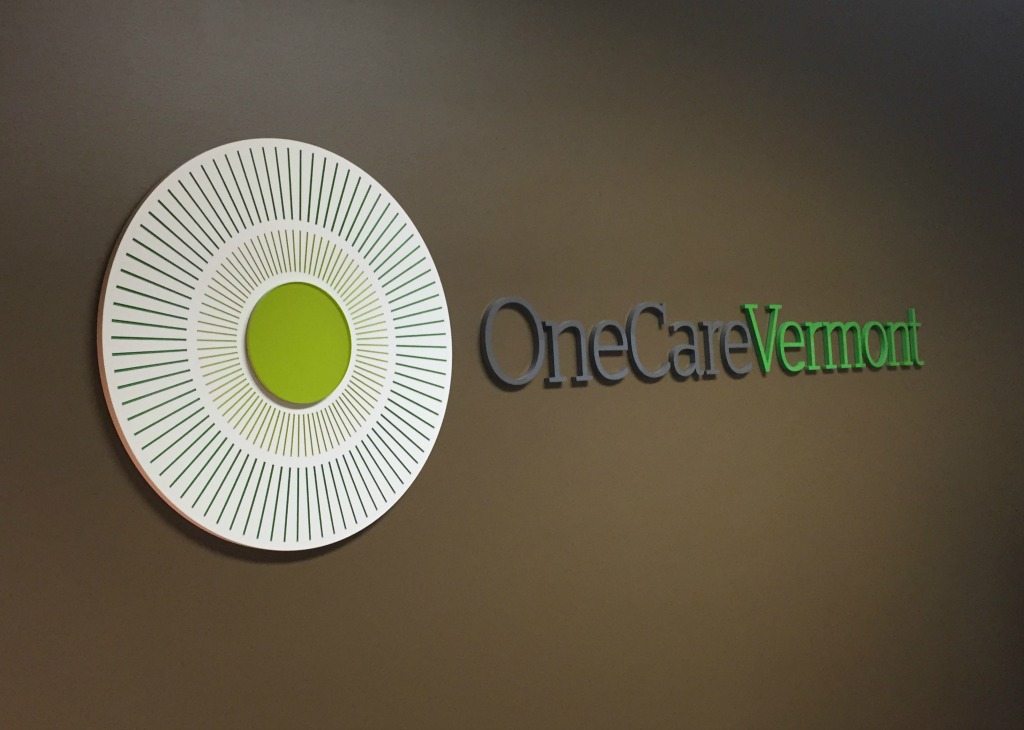VERMONT — Incumbent Lt. Gov. David Zuckerman faces a challenge this November from John Rodgers, a former state senator.
Both candidates are farmers — Zuckerman of meat and produce in Hinesburg, and Rodgers of hemp in Glover. They share similar concerns about Vermont’s affordability but differ in their approaches to solutions.
Rodgers, a former Democrat turned Republican, has the endorsement of Gov. Phil Scott, who is also up for re-election. Zuckerman has the backing of several climate, education and labor advocacy groups.
To help readers get to know the candidates, the Messenger asked each the same five questions.
Q: How will you bring Vermonters’ voices to the statehouse?
RODGERS: I will bring Vermonters’ voices to Montpelier in the same way that I did during the 16 years that I served as a senator and state representative. Unlike my opponent, a man of extreme wealth and considerable privilege, I will represent my constituents—all of us impacted by his out-of–control spending schemes. I can represent working Vermonters because I am one. I started with nothing, and I’ve worked six and seven days a week most of my life to get to where I am today. I am open and honest and want to make sure that Vermonters know how the policies moving through the state house will affect them. I will fight against policies that are unaffordable for working Vermonters.
ZUCKERMAN: I have a long track record of bringing a wide range of voices to the statehouse. Whether it is welcoming folks to regular coffee hours during the legislative session or welcoming smaller groups to the Lt. Gov. office to help answer any questions about the process or how to get their voice heard. I have also had community coffee’s across the state to try to bring the statehouse discussion to people in their towns. Additionally, I try to connect with as many folks as I can: at the gas station, convenience store, the farmers market, grain store and every other place I go. I welcome folks to reach out with concerns, ideas, criticisms, questions, or whatever is on their mind. As an elected public servant, I have always felt it is my duty to listen to and help people no matter their party or issue. I work to help them navigate the system.
Q: What is your message to older adults on fixed incomes worried about Vermont’s affordability?
RODGERS: As I travel around the state, everyone that I speak to is tired of crushing rents, spiraling property, taxes, and unaffordable heat and electric bills. It is affecting everyone, but is definitely affecting older adults on a fixed income much more. The policies of my opponent and the Super Majority are regressive, and many of them need to be repealed or dramatically changed. For instance, the renewable energy standard that the legislator just passed will add somewhere around $100 million a year to Vermont’s electric bills. This will affect poor and working class Vermonters and especially older Vermonters on fixed income, and most of the proceeds will go to millionaires in the energy development business. Older Vermonters on a fixed income should also get a break on their education property tax.
ZUCKERMAN: Our biggest affordability issues for seniors are housing, property taxes, social security taxes and everyday groceries. I am the only candidate to support $70,000,000 annually for 10 years to build thousands of affordable housing units (owned and rental). I am the only candidate with specific plans to reduce the burden on working class families. This includes a $30-$40 million shift by making high income people pay the same rate as those on fixed incomes. Right now, they pay less. My proposal also includes a progressive tax on second homes that could raise $58,000,000 in tax relief for everyday Vermonters. Additionally the administration has added over $500,000,000 to working Vermonters property taxes through mental health costs that in other states are covered by the general fund in the Agency of Human Services. I would work to reduce those costs in the education fund.
Q: What should be done, if anything, to help first time homebuyers enter the real estate market?
RODGERS: The first thing we need to do for first time homebuyers is address the outrageous cost of property taxes and energy. The cost of purchasing a house is only the first part of home ownership and you must be able to pay the ongoing property taxes and utility bills. I do not believe Vermont has enough resources to give outright monetary grants to first time homebuyers, but dealing with the excessive cost of owning a home is something that the legislature and state government can do. We must end the regressive energy policies of the Super Majority and build renewable energy that actually addresses climate change and is at market electricity rates. It would be great if at some point, we had enough money to give first time homebuyers (based on income and a commitment to live and work in Vermont) some type of property tax relief for a year or two. The sentiment that I’m hearing from everyone around the state Iis we’re all working too hard for two little in a state that costs too much to live in. I agree with my fellow Vermonters.
ZUCKERMAN: We know that it costs approximately $400,000 in labor, materials, and land to build a modest house in Vermont. This is out of range for many. Buying a house is similar. We have to invest state funds to create affordable housing for young couples and families or they won’t be able to afford to live here. Vermont is a desirable place to live and many can sell elsewhere for a lot more than it costs to buy here. The Vermont House passed a comprehensive affordable housing bill last year that would generate $70,000,000/year for 10 years by adding a top tax rate of 3% to incomes over $500,000/yr. The free market will not solve the affordable housing crisis. The investment must be made to keep our seniors, youth and workforce in Vermont.
Q: What qualities will you look for in selecting committee chairs?
RODGERS: Committee chairs should be knowledgeable in the subject matter of the committee. They should be open minded, fair, and willing to listen to everyone. They must be able to maintain decorum in the committee, as well as a respect for everyone who comes before the committee. Committee chairs need to have the ability to move legislation that is important for Vermonters and not waste time on frivolous policy matters.
ZUCKERMAN: The most important qualities are making sure they will run a committee in a fair and open way to allow all ideas to be presented. The committee chair should take time to allow the committee members to digest new ideas/perspectives even when those ideas may not have started out with the majority viewpoints. They must be good communicators and open to criticism. I have also always advocated to make sure a wide range of perspectives are included on every committee.
Q: Who are you voting for U.S. President?
RODGERS: Much to the chagrin of many Republicans, I have stated publicly many times that I did not like Donald Trump before he ran for office and would consider myself a “Never Trumper.” Though I’ve been advised by some to say that I will vote for Kamala Harris, as we all know that it is likely she will be called the Vermont winner shortly after 7 o’clock, I cannot tell a lie. As I’ve stated before, I am an open and honest guy. Though I do believe she is much more presidential than her opponent, I strongly disagree with some of her policy positions—like support for fracking and war in the Middle East. I wish we had a candidate that was a moderate to choose from, in both major parties. I will likely make my final decision in the voting booth on Election Day, whether to vote for Vice-President Harris or a third-party candidate. I still need to finish researching them.
ZUCKERMAN: Vice President Kamala Harris. Trump is a threat to democracy and we must do everything we can to elect Kamala Harris and stop Trump. I am the only candidate in this race supporting Vice President Harris and Governor Walz.























/cdn.vox-cdn.com/uploads/chorus_asset/file/25782636/247422_ChatGPT_anniversary_CVirginia.jpg)
/cdn.vox-cdn.com/uploads/chorus_asset/file/25789444/1258459915.jpg)

/cdn.vox-cdn.com/uploads/chorus_asset/file/25546252/STK169_Mark_Zuckerburg_CVIRGINIA_D.jpg)


/cdn.vox-cdn.com/uploads/chorus_asset/file/23951353/STK043_VRG_Illo_N_Barclay_3_Meta.jpg)